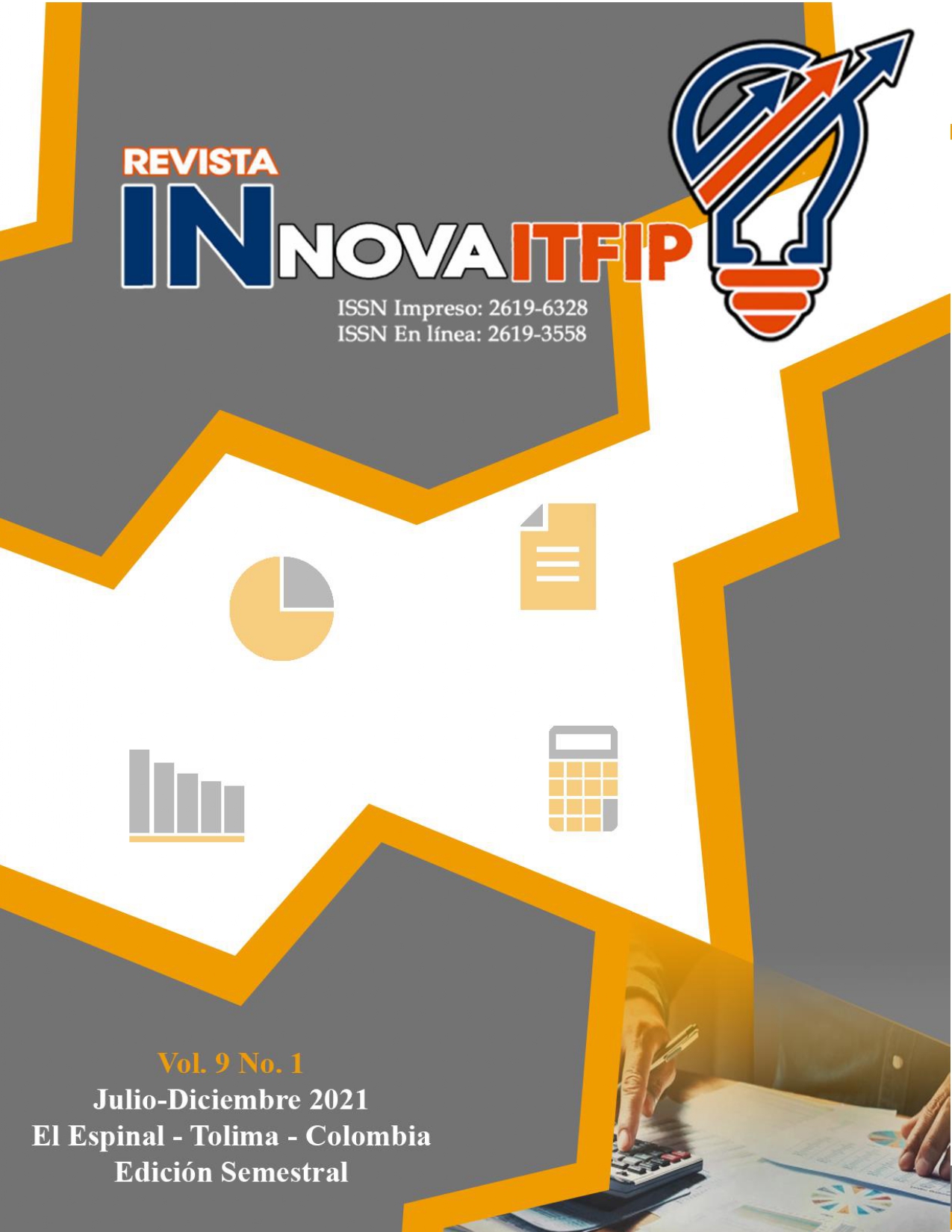DISRUPTIVE INNOVATION OF ORGANIZATIONS IN TIMES OF COVID-19
Paris Anaid Castellanos Rivero
María del Pilar Escott MotaG
DOI: https://doi.org/10.54198/innova09.04
Abstract
Disruptive innovation, as one of the most influential business terminologies in recent decades, exists widely in the labor practice driven by the current pandemic and is an important tool for business development, business development and the development of new markets. In this sense, this article shows the results of an investigation regarding how disruptive innovation in organizations impacted the current health crisis due to covid-19? To answer the research question, meta-analysis is used, with the objective of identifying which generalizable value statements about disruptive innovation of organizations in times of covid-19 were supported by the majority of meta-analyses.
The findings show that the covd-19 pandemic, for the first time, has raised the importance of the physical dimension of work, the need to modify digital processes to be able to perform remote work better and more efficiently; and has made visible the need to innovate in technological processes
Downloads
References
Abdel-Basset, M., Chang, V., & Nabeeh, N. A. (2021). An intelligent framework using disruptive technologies for COVID-19 analysis. Technological Forecasting and Social Change, 163, 120431.
Bair, C. R. (1999, November). Meta-synthesis. In 24th annual meeting of the Association for the Study of Higher.
Canizales Muñoz, L. D. (2020). Elementos clave de la innovación empresarial. Una revisión desde las tendencias contemporáneas. Revista Innova ITFIP, 6(1), 50-69. Recuperado a partir de http://revistainnovaitfip.com/index.php/innovajournal/article/view/78
Christensen, C. (1997). The innovator’s dilemma: When new technologies cause great firms to fail: Harvard Business Review Press. Cambridge, MA, 288p.
Christensen, C. M., & Bower, J. L. (1996). Customer power, strategic investment, and the failure of leading firms. Strategic management journal, 17(3), 197-218.
Christensen, C. M., Anthony, S. D., & Roth, E. A. (2004). Seeing what's next: Using the theories of innovation to predict industry change. Harvard Business Press.
Christensen, C., & Raynor, M. (2013). The innovator's solution: Creating and sustaining successful growth. Harvard Business Review Press.
Díaz, M., Palma, E., Leiva, F., Varón O., Alarcón, A. y Sandoval, L. (2018) (Eds). “Avances de investigación en ciencias económicas, administrativas y contables” Editorial: Instituto Tolimense de Formación Técnica Profesional-ITFIP. ISBN: 978-958-59986-4-3
Deloitte (2020). Insights Tendencias de capital Humano 2020. Deloitte Insights. Recuperado de:https://www2.deloitte.com/mx/es/pages/human-capital/articles/tendencias-capital-humano-2020-edicion-mexico.html
Foster, R. N. (1986). Attacking through innovation. McKinsey Quarterly, 3, 2-12.
Flavin, M. (2012). Disruptive technologies in higher education. Research in Learning Technology, 20.
Hancock, B & Schaninger, B. (2020). HR says talent is crucial for performance—and the pandemic proves it. McKinsey & Company.
Llewellyn Evans, G. (2017). Disruptive technology and the board: The tip of the iceberg. Economics and Business Review, 3(1).
Libert, K., Mosconi, E., & Cadieux, N. (2020, January). Human-machine interaction and human resource management perspective for collaborative robotics implementation and adoption. In Proceedings of the 53rd Hawaii International Conference on System Sciences.
Lund, S., Madgavkar, A., Manyika, J., Smit,S., Ellingrud. K, Meaney, M. & Robinson, O. (2021). The future of work after COVID-19. McKinsey Global Institute
Millar, C., Lockett, M., & Ladd, T. (2018). Disruption: Technology, innovation and society. Technological Forecasting and Social Change, 129, 254-260.
PWC. (2019). Rediseñar las finanzas para la nueva era digital. Pricewaterhouse Cooper. 5-6 recuperado apartir de: https://www.pwc.es/es/publicaciones/financiero/assets/pwc-funcion-financiera-40-redisenar-finanzas-nueva-era-digital.pdf
Schuelke-Leech, B. A. (2018). A model for understanding the orders of magnitude of disruptive technologies. Technological Forecasting and Social Change, 129, 261-274.
Schumpeter, J. (1942). Creative destruction. Capitalism, socialism and democracy, 825, 82-85.
Schmidt, G. M., & Druehl, C. T. (2008). When is a disruptive innovation disruptive?. Journal of product innovation management, 25(4), 347-369.
Scavarda, A., Daú, G., Scavarda, L. F., & Goyannes Gusmão Caiado, R. (2019). An analysis of the corporate social responsibility and the Industry 4.0 with focus on the youth generation: A sustainable human resource management framework. Sustainability, 11(18), 5130.
Utterback, J. M., & Acee, H. J. (2005). Disruptive technologies: An expanded view. International journal of innovation management, 9(01), 1-17.
Walsh, D., & Downe, S. (2005). Meta‐synthesis method for qualitative research: a literature review. Journal of advanced nursing, 50(2), 204-211.
Zegarra, C. (2020). Nueva normalidad, nuevas formas de trabajo. PwC México.Recuperado: https://www.pwc.com/mx/es/recursos-humanos/nuevas-formas-trabajo.html





